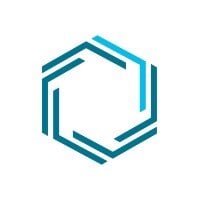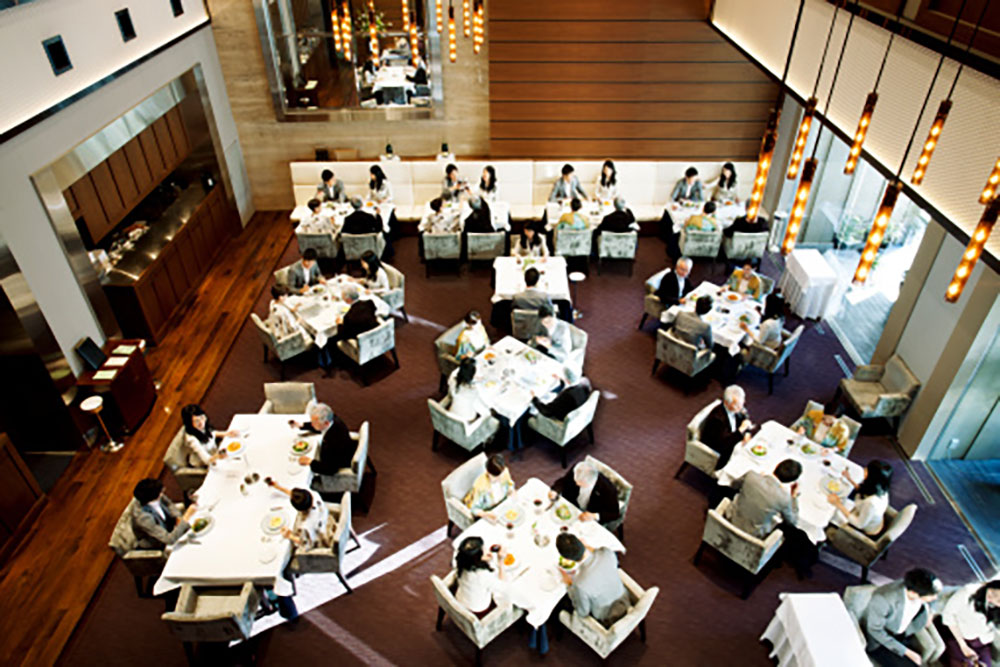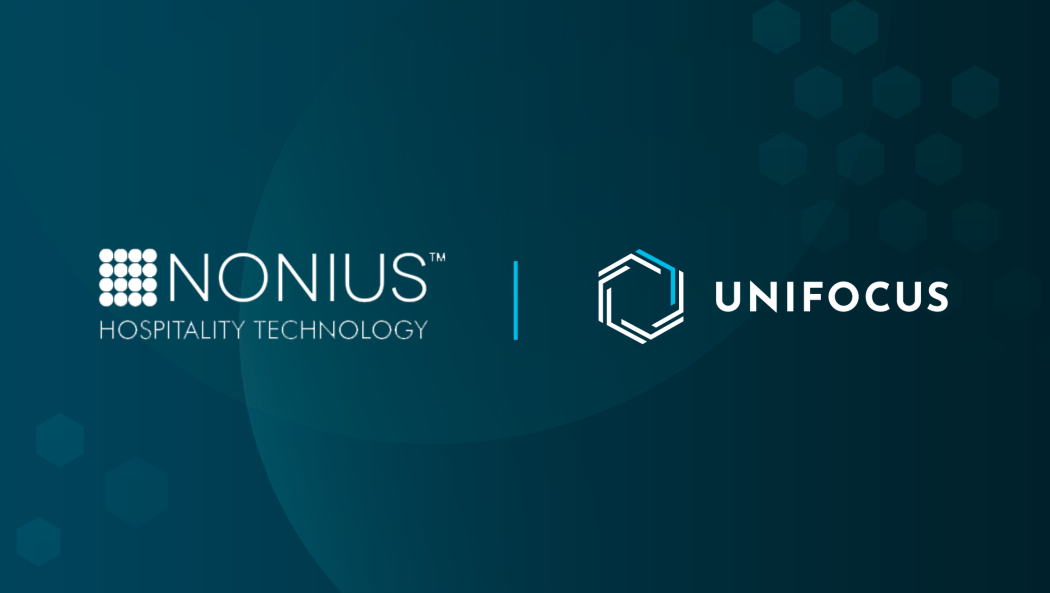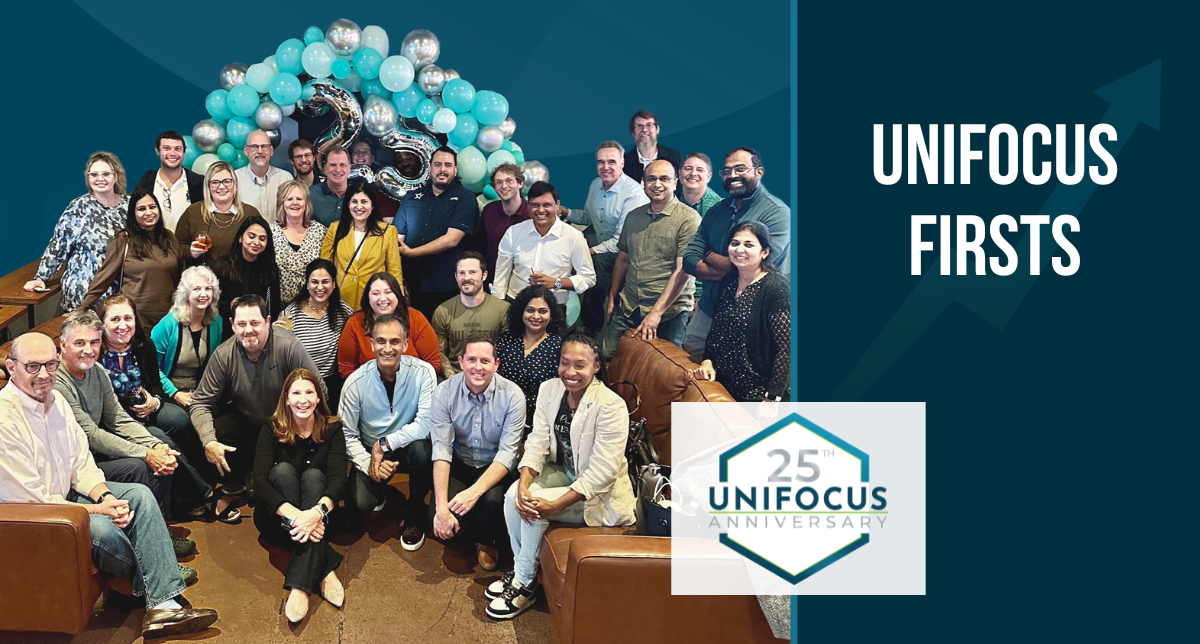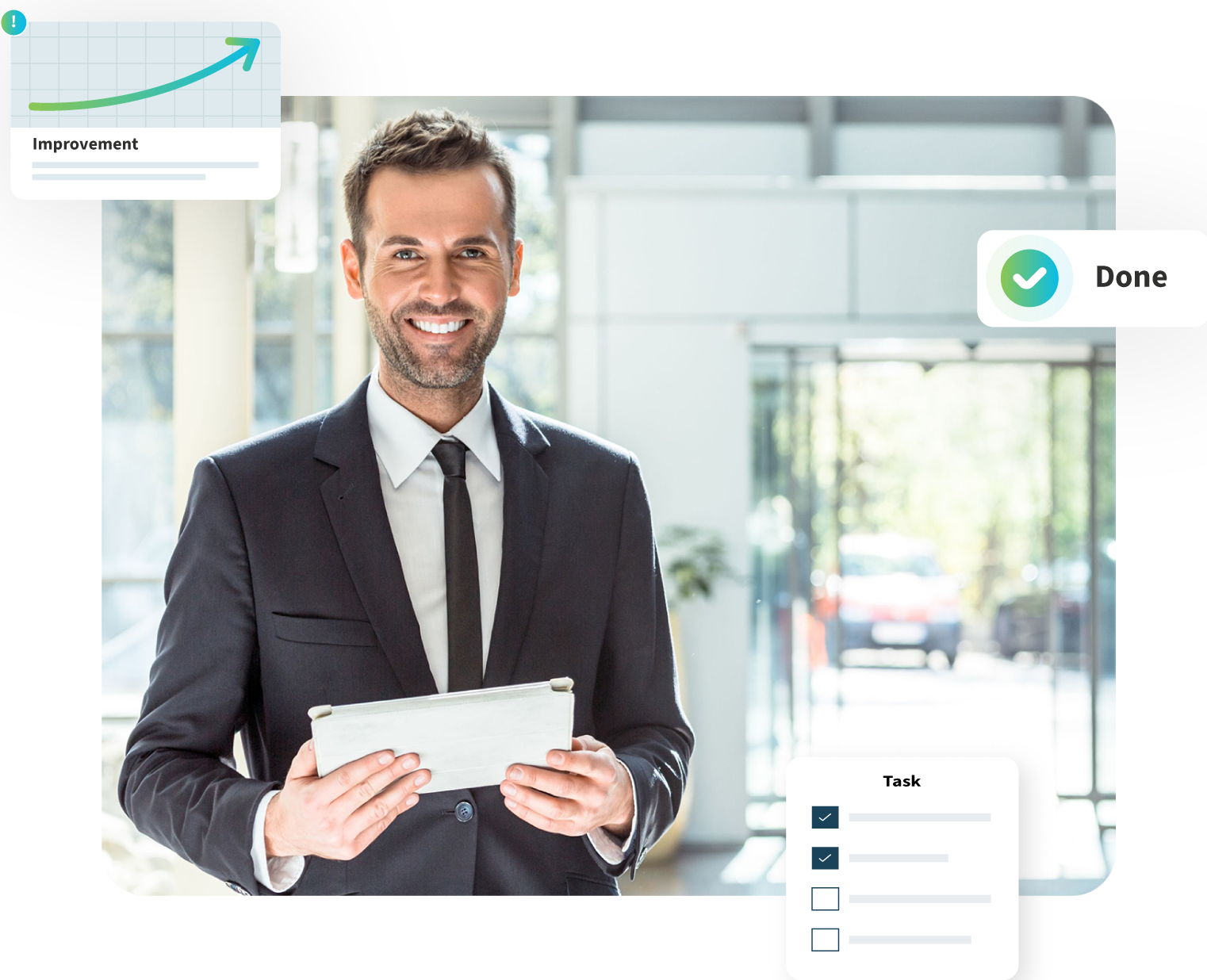June 2016 – Published in Hotel Management – Taking on new technology usually requires a significant investment for hotels, and too often new technology is being developed faster than hotels can keep up with. This lag between adoption and implementation of new technology makes it difficult for hotels to stay on the bleeding edge of technology, but that doesn’t mean that some aren’t trying.
In many ways, the biggest technology changes in hotels are happening behind the scenes, streamlining operations rather than offering gadgets for guests to play with (the majority of the time, guests are bringing the gadgets with them). Best Western International, for example, recently partnered with training simulation developer Murison to develop a virtual-reality training program for its employees, testing the system in a number of hotels throughout 2015 before approving a rollout to all 2,100 Best Western hotels by June 1, 2016.
The training program is currently front-desk focused and administered by regional service managers in coordinated modules for each department, but the lessons are designed to be applicable for nearly any employee and focus primarily on guest interaction. Employees converse with a virtual avatar, representing the guest, which then responds based on feedback and facial expressions detected by a camera. The biggest appeal of the program is the ability to train against an unfamiliar “guest” in an environment where mistakes can be made and learned from.
“There is an application for this in every aspect of the hotel,” said Ron Pohl, SVP of brand management for Best Western International. “You just have to invest in building out the technology. This was previously used in education and medical training, and I think VR is a trend you are going to see more of in the future.”
Pohl’s biggest concern is making sure the program stays in use in the hotels, and is used regularly.
“The biggest challenge is employee turnover and making sure we are continuing to provide this training,” Pohl said. “It’s an ongoing culture, and as we enhance it the program needs to provide something people want to participate in.”
Manning the Ship
Another back-of-the-house tech innovation coming to hotels involves labor management. Mark Heymann, co-founder and CEO of UniFocus, a developer of workforce-management solutions, said that scheduling for hospitality presents a greater challenge when compared to the retail segment because the demands of a given day may surpass others, without as many glaring indicators such as holidays to influence staffing decisions. Poor staffing can result in unhappy workers and a bad guest experience, and hotels are now able to look to advances in technology to plan for these crushes more intelligently.
According to Heymann, factors such as market segmentation, advance group bookings and historical data can be drawn on to smooth out the process.
“If you know you have a large business group coming in for two nights, and then as they are leaving you have an equally large group of leisure travelers checking in, you can look at the data and know the demands of the bell stand are going to be greater with the second group because they will have more luggage,” he said.
Heymann said that, similar to Best Western’s VR initiative, proper hotel staffing is affected by employee turnover and the need for the process to be as simple and accurate as possible. He advises hotels to stay engaged with their employees and hold evaluations with them as much as possible. The payoff? In the future, the employees could come from anywhere.
“Look at Uber,” Heymann said. “It’s an organization that posts customer demands, and employees choose the demand they cater to. It has proven to be a successful model, and we have the capability today to post the shifts and have employees from different brands or companies take them on at a moment’s notice.”
The Smarter Thieves
Unfortunately, just as training and staffing are getting smarter, so are cyber criminals. The biggest new trend is the explosion of “ransomware,” viruses that lock down a computer, holding its files hostage until the owner pays a requested sum.
Jason Glassberg, co-founder of cybersecurity firm Cabasa Security, said any computer user is a target, but today’s criminals have made the leap into business through market research.
“They have fine-tuned the payment process to charge just to the point of pain,” Glassberg said. “For an individual they may charge $400, but for a business $15,000 is not unheard of.”
The trouble is that any computer can become infected, and Glassberg said the best defense is a lack of trust in the safety of online channels, a diligent habit of updating software and an expectation that at any moment your data could be held.
“If you back up your data you can rewrite your hard drive and be done with it,” Glassberg said. “It will boil down to folks clicking bad links, and people always forget to back up their data until after the fact!”

